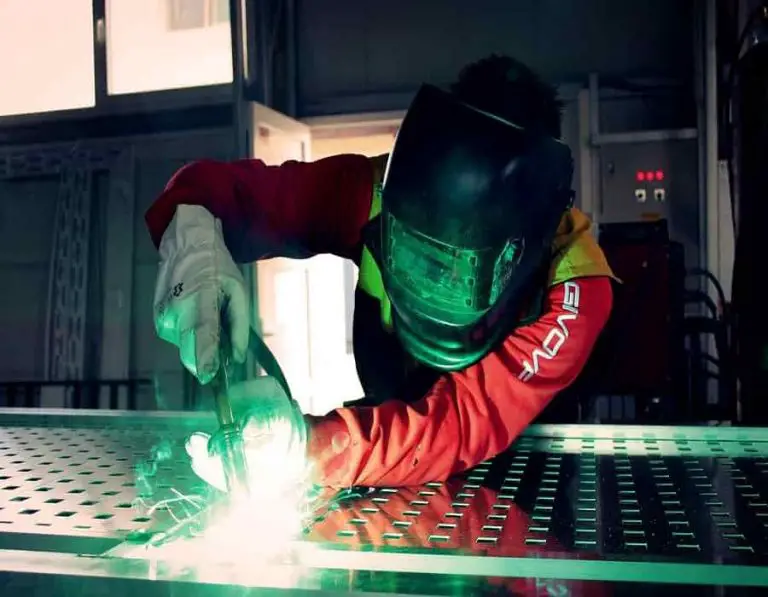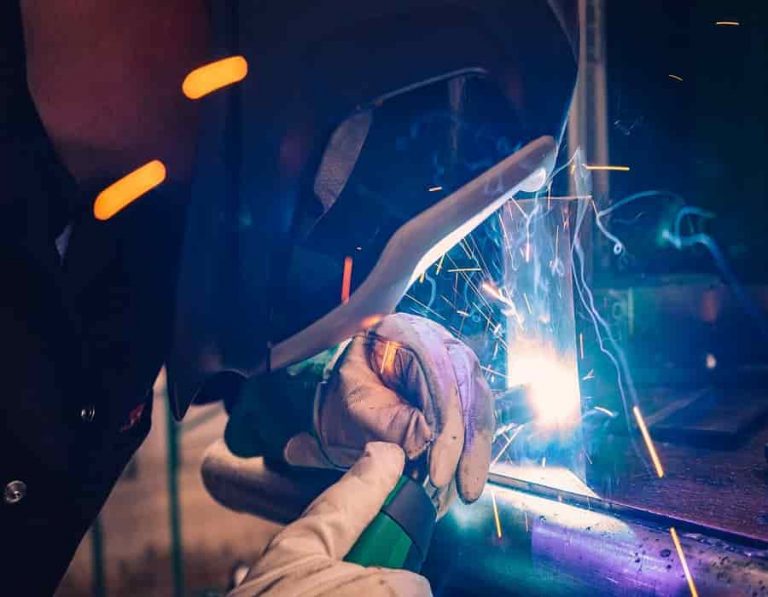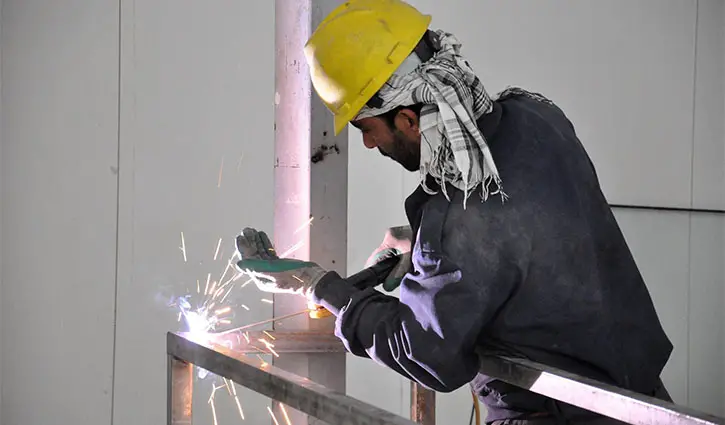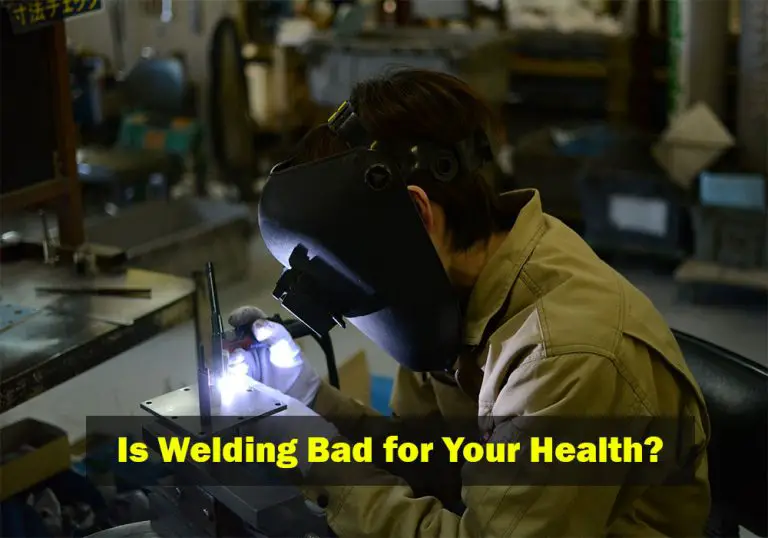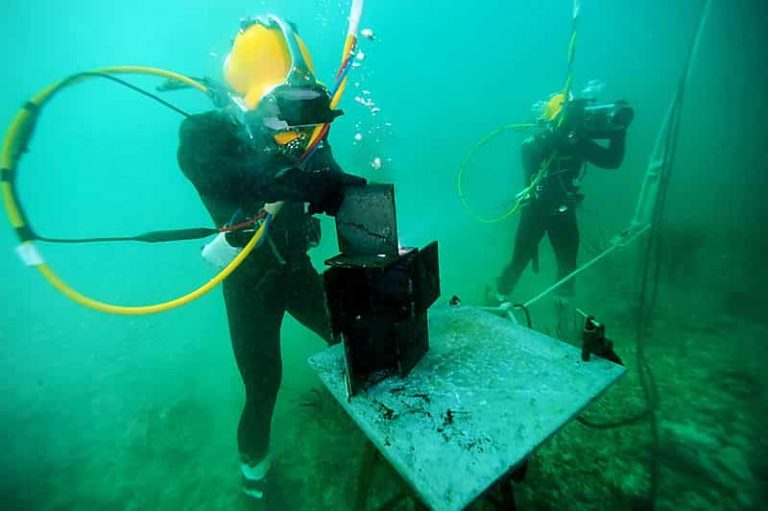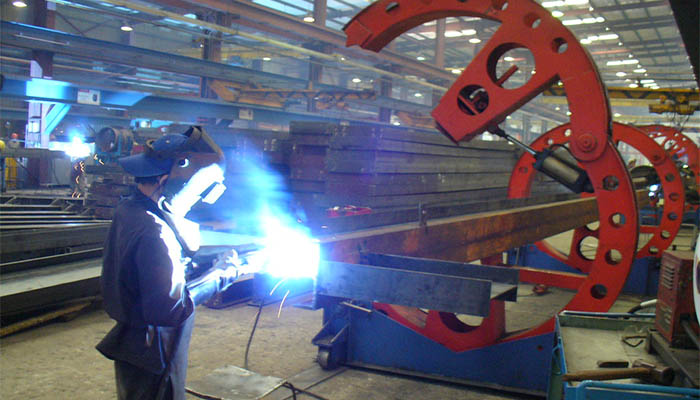Advantages and Disadvantages of Arc Welding: A Comprehensive Overview
Arc welding is a fabrication process that uses an electric arc to create intense heat necessary to melt metals at the welding point. This technique is widely used in industrial settings for its ability to produce strong welds in a variety of metals and alloys. With a history that dates back to the 1800s, arc welding has evolved significantly, offering enhanced control and versatility in numerous applications, from automotive repair to aerospace engineering.
Despite its widespread use, arc welding comes with its own set of pros and cons that you should consider if you’re involved in metalwork. The advantages of arc welding include the capacity to join a diverse range of metals, the efficacy of the weld it creates, and the minimal costs of equipment for certain types of arc welding. On the other hand, the disadvantages encompass the need for skilled operation, the potential for producing harmful fumes, and the requirement for additional finishing processes, which can affect the overall workflow and safety in the welding environment.
Key Takeaways
- Arc welding is popular for its strong welds and versatility.
- It has benefits such as affordability and ability to weld diverse metals.
- Consideration of the skill required and safety concerns is important.
Table of Contents
Advantages of Arc Welding
Arc welding stands out in the world of metal joining for its adaptability and cost-effective nature, ensuring that you can work with a range of materials across various conditions without compromising on the strength and integrity of the finished welds.
Versatility in Materials and Environments
You can use arc welding on a variety of metals including aluminum, steel, and many more. Its versatility extends not just to materials but also to diverse environments. In construction and fabrication, this means an arc welder can perform repairs in-situ or contribute to complex structures regardless of location, from open-air building sites to enclosed spaces.
Equipment and Cost Efficiency
The welding machine and electrodes needed for arc welding are some of the more economical options in welding due to their widespread availability and long-standing use in the industry. While shielding gas is necessary for some types of arc welding like Gas Metal Arc Welding (GMAW), others like Shielded Metal Arc Welding (SMAW) do not require it, which can reduce costs. Additionally, you’ll find the power supply and consumable electrode requirements are compatible with efficient production workflows, driving down operation costs.
Welding Process and Quality
Arc welding produces high-quality, strong welds that are crucial in safety-critical applications. You can adjust the process for either manual or automated techniques, enhancing efficiency and precision. Arc welding is also inherently portable, allowing for repairs and construction in remote areas. Proper use of PPE (Personal Protective Equipment) and inert shielding gas, when necessary, ensures the worker’s safety and the durability of the weld against atmospheric contaminants.
Disadvantages of Arc Welding
Arc welding, while widely used across various industries, presents several disadvantages that may affect your work in terms of safety, technical performance, and resource efficiency. Understanding these disadvantages is crucial for maintaining both the quality of your welding projects and your personal well-being.
Safety and Health Considerations
Heat and Fumes: The intense heat generated by the electric arc can cause various safety issues. You must navigate not only the possibility of burns but also the harsh ultraviolet and infrared radiation which demands the use of protective welding gloves and proper gear to prevent injuries. Moreover, the process produces hazardous fumes that could affect your respiratory health if adequate ventilation is not in place.
Oxidation and Eye Protection: During arc welding, exposure to the open electric arc can lead to oxidation, which can compromise the integrity of the weld. In addition to physical barriers, you must ensure proper eye protection to guard against ‘arc flash,’ a condition caused by the bright light of the arc.
Technical Limitations and Challenges
Skill Level and Thin Metals: High skill level is required to produce quality welds using this method. Arc welding can be particularly challenging when working with thin metals, as the concentration of heat may cause warping or distortion at the joint.
Waste and Porosity Concerns: Arc welding can produce more waste compared to other welding methods, often resulting in higher costs and inefficiencies in production. A non-consumable electrode is used in certain arc welding processes, which can lead to porosity in the weld if not handled correctly.
Distortion and Warping: Due to the localized high temperatures, materials are at risk of distortion and warping. Control of heat input and careful planning in the setup can mitigate this but requires additional effort and attention during the welding process.
Each of these aspects must be carefully considered when selecting arc welding for your manufacturing or production needs to ensure both the safety of the operator and the quality of the final weld.
Frequently Asked Questions
In this section, you’ll find concise answers to common inquiries regarding the benefits and limitations of arc welding, understanding the different methods available, selecting the appropriate equipment, and comparing the efficiency of stick welding with other arc welding techniques.
What are the benefits of using arc welding compared to other welding techniques?
Arc welding offers a high degree of precision and efficiency, making it suitable for a variety of applications from construction to vehicle repair. It’s favored for its ability to create strong joints even with thick materials and its versatility in working with different metals.
Can you elaborate on the limitations one might encounter with arc welding?
Despite its advantages, arc welding can present challenges such as the requirement for high skill levels and the potential for exposure to hazardous fumes. It’s also not always suitable for thin or highly reactive metals without advanced techniques and equipment.
How do the various arc welding methods differ in their application and results?
Different arc welding methods, like MIG, TIG, and stick, each have their own applications and results. TIG works well for precise, clean welds on thinner metals, while stick welding is more forgiving in outdoor or less pristine conditions. MIG is known for its speed and ease of use across different metals.
What are some critical considerations when selecting equipment for arc welding?
When you’re selecting equipment, consider the material, weld quality requirements, and the welding environment. For example, TIG equipment is ideal for detailed welds on thinner materials, whereas stick welding equipment may suffice for sturdy, outdoor projects.
Could you compare the efficiency of stick welding to other forms of arc welding?
Stick welding is often seen as less efficient than methods like MIG or TIG due to its slower speed and the need for frequent rod changes. However, it remains effective for various applications, offering a simple setup and good penetration on thicker materials.
Final Words
Arc welding offers versatility and economy for your metal joining needs. You’ll find it highly suitable for projects requiring strong, durable welds. However, be mindful of its limitations, such as the restriction to conductive metals and the need for a safe work environment due to its intense heat and light. Always weigh these advantages and disadvantages to determine if arc welding fits your specific application.

